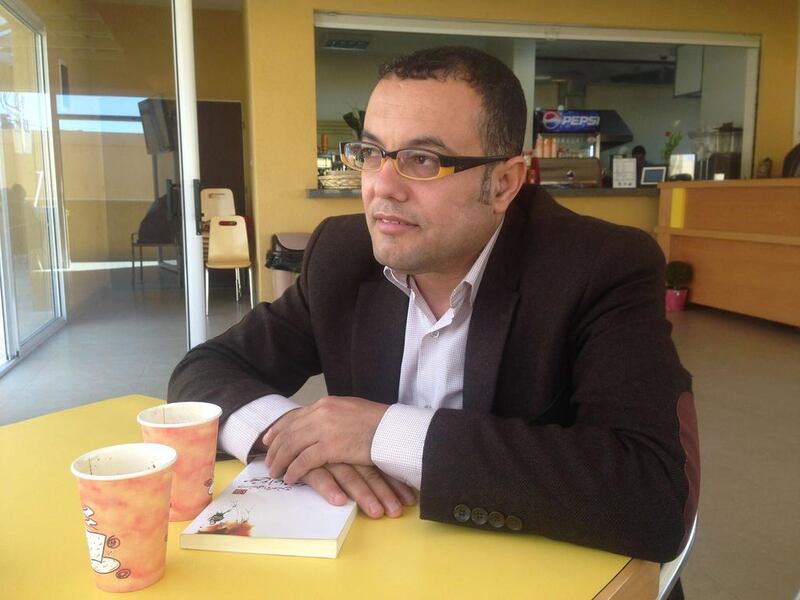"In the 1980s and 1990s Gaza was known as the exporter of oranges and short stories," says Atef Abu Saif wistfully. The renowned Palestinian author is the editor of the new anthology The Book of Gaza, out on June 2, which is the latest in Comma Press's series A City in Short Fiction. The anthology offers intimate perspectives of Gaza through stories by writers living in a city where 1.8 million people are barricaded into a 42-kilometre sliver of coast overlooking the Mediterranean.
It’s often described as the world’s biggest prison – and simply placing Gaza on par with cities in Comma’s series (Rio, Istanbul, Tokyo, Manchester) challenges this stereotype.
“Gaza is seen as a place of siege, killing and bombing, but people go about their lives the same as anywhere in the world – we have cafes, restaurants and universities,” says the 41-year-old Saif, via a crackly phone line from Gaza.
Saif's passion is literature. He has written four novels and loves James Joyce and Thomas Hardy. But his full-time job is as a professor of political science at Gaza's Al-Azhar University. Unsurprisingly, perhaps, Saif felt a huge responsibility in editing The Book of Gaza and ensuring his home, its people and their stories were represented as well as possible.
“We wanted to include voices from three generations of the short story – it flourished during the first occupation in the 1960s when printed material was censored, so writers wrote short manuscripts by hand as they were easier to smuggle. In the 1980s and 1990s, a second generation of writers continued the tradition and since the 2000s we have a third generation,” says Saif.
The 10 writers, including five women, sketch intriguing glimpses of everyday life and how it’s shaped by conditions and forces far removed from Gaza.
Talal Abu Shawish's Red Lights people-watches – teenagers escaping prying eyes, ragged child hawkers – from the window of a taxi as the driver mutters frustrations at fuel shortages caused by the blockade.
The journalist and fiction writer Asmaa Al Ghul's You And I captures the intensity and minutiae of hemmed-in street life near a school through a person with a counting obsession (raindrops, pylons, steps). "The world knows of Gaza as suffering and conflict but we are people, too, so it's very important to get across our lived reality – these stories peel back the layers and reveal what the local tells us about the global," Ghul says via another crackly phone line, this time from Cairo.
Ra Page, the founder of Manchester's Comma Press, commissioned The Book of Gaza after his father, a fervent Palestine campaigner, died last year. Despite the writers' varied ages and styles, Page feels a sense of claustrophobia is all-pervading. "The abiding impression is enclosure and not being able to breathe or relax or be yourself," he says.
Saif agrees he has felt “trapped” since he was born in Jabalia refugee camp in 1973.
Yet, in giving voice to these stories and translating and sharing them, Saif and his fellow writers are puncturing the claustrophobia – it’s a symbolic act of resistance that says we are here and this is how we speak back to power imposed on us.
“Why does literature matter? Why is it important?” asks Saif before adding, “A prisoner in a refugee camp looking out to sea in Gaza gave me the answer to this eternal question – he said literature gave him hope.”
For all involved in The Book of Gaza, the hope is that one day, Gaza will again be known for its oranges and short stories.
artslife@thentional.ae





